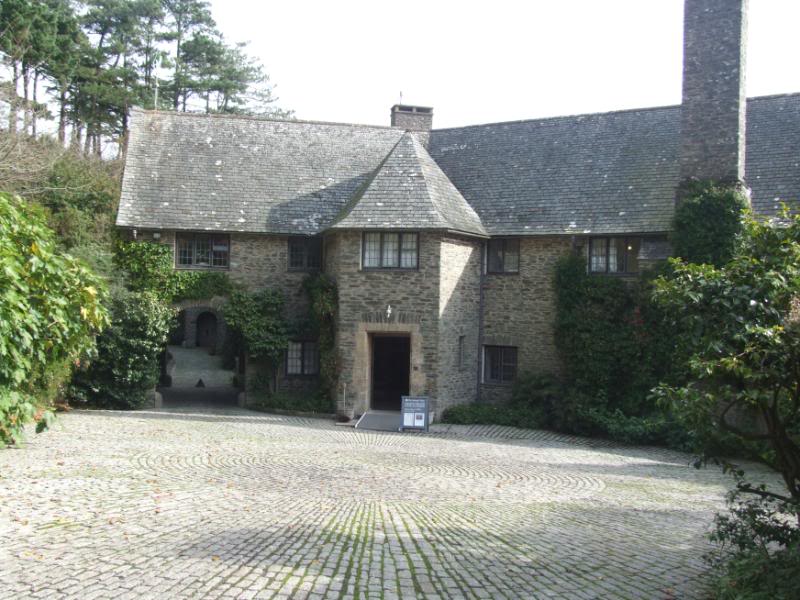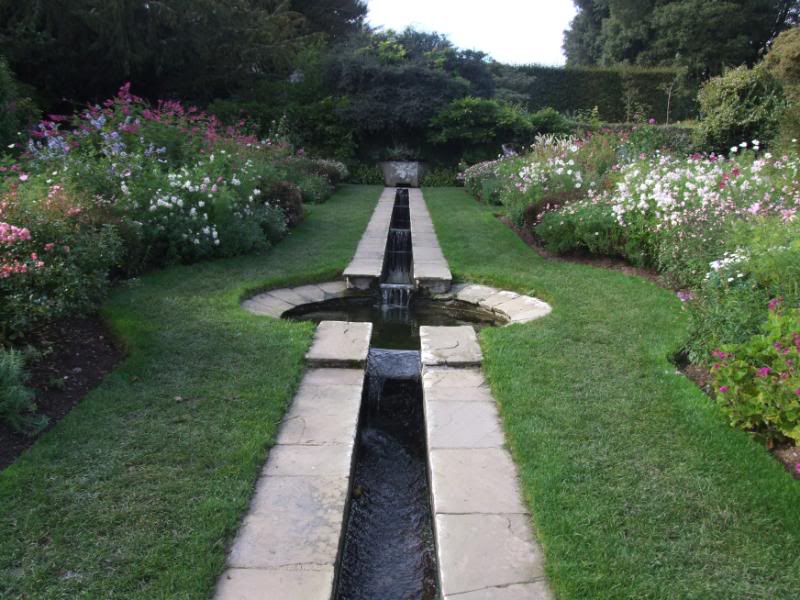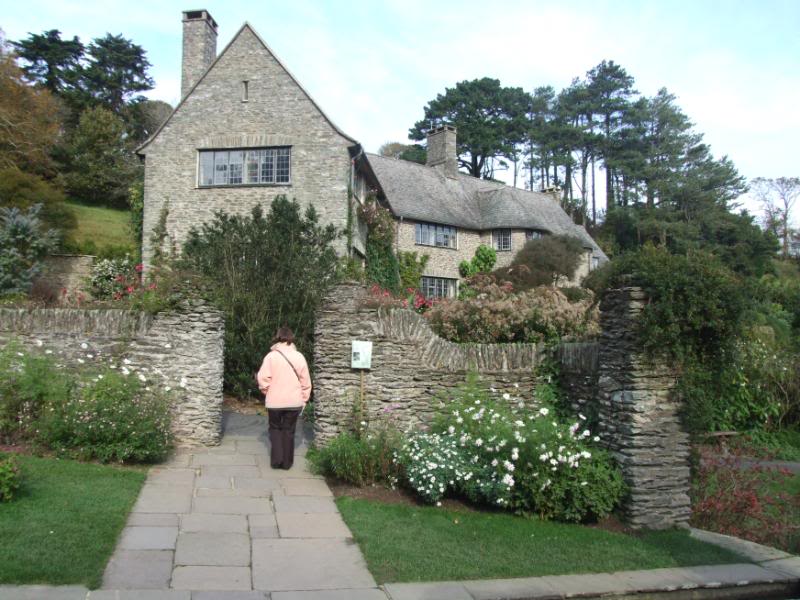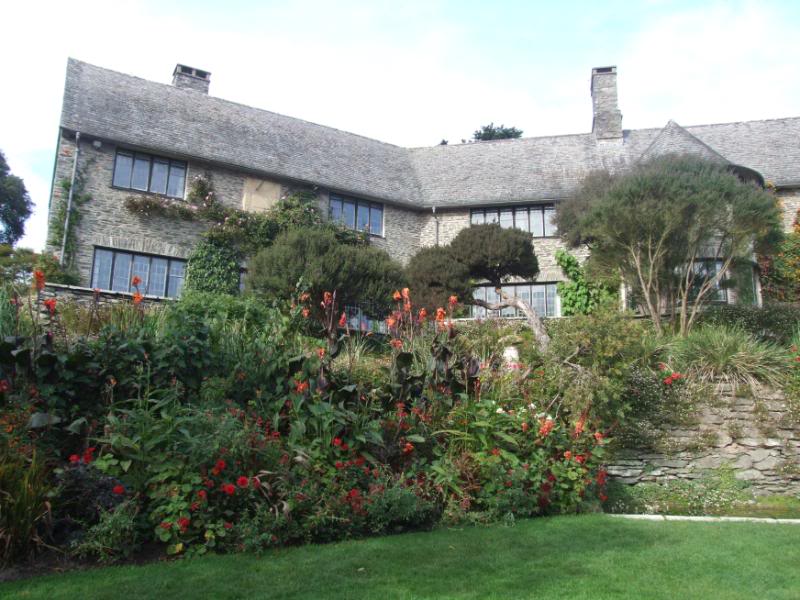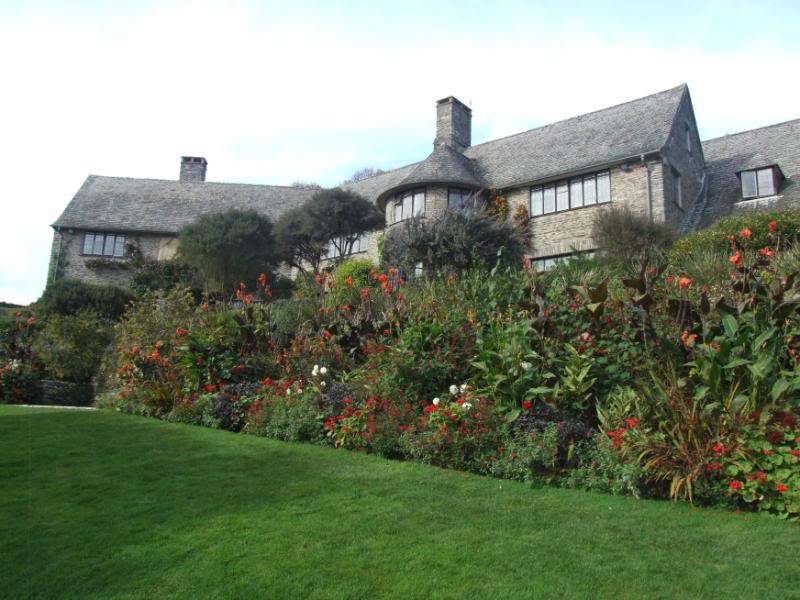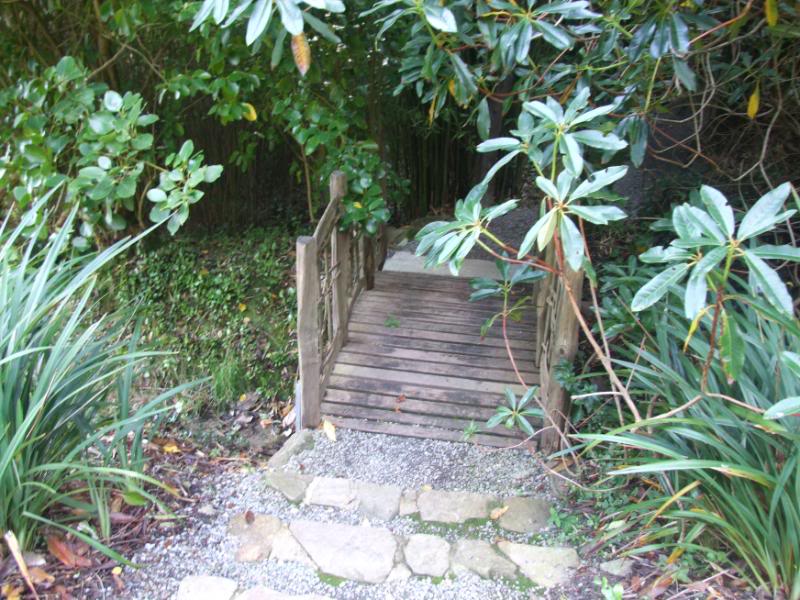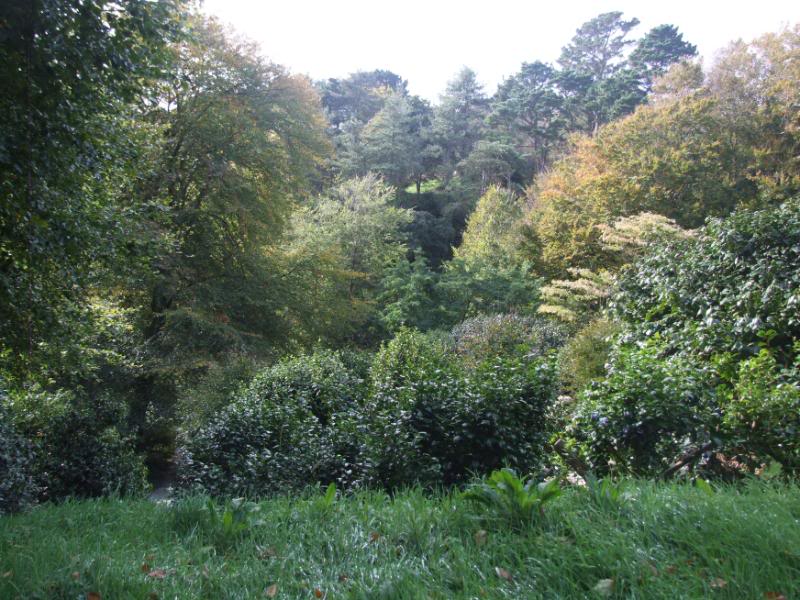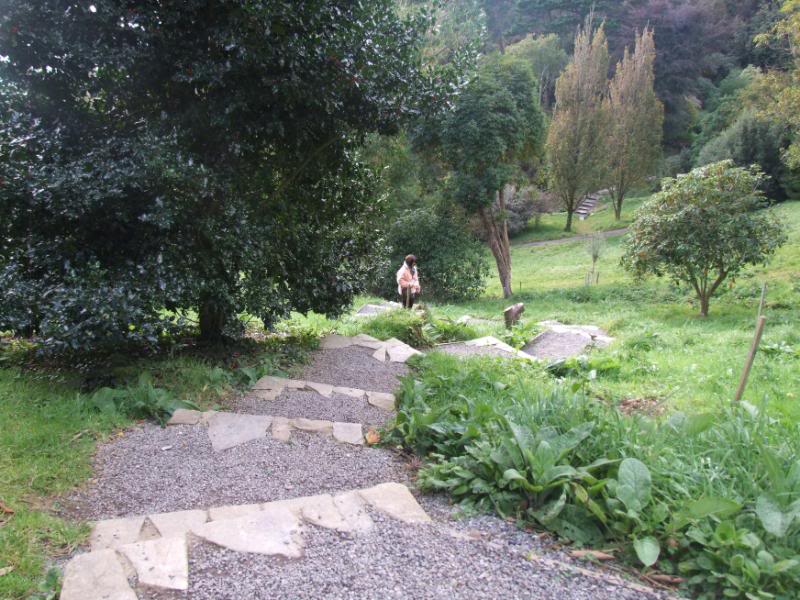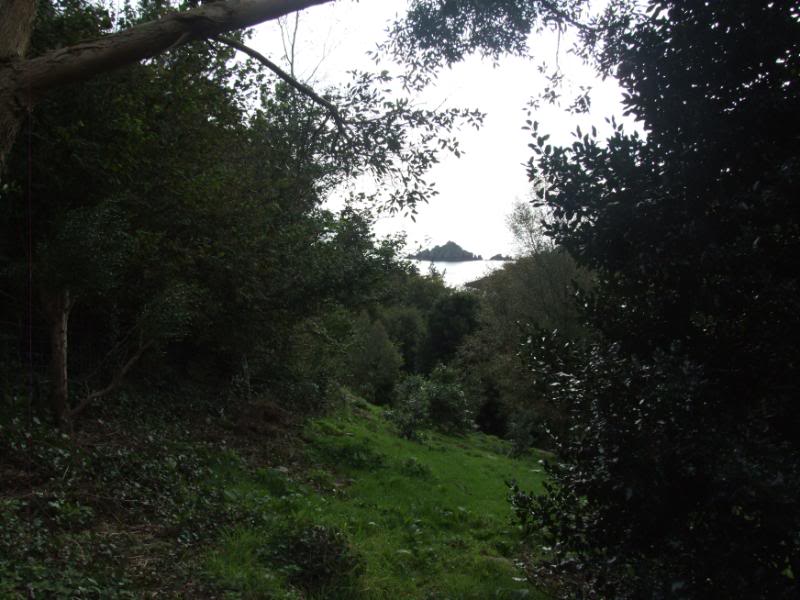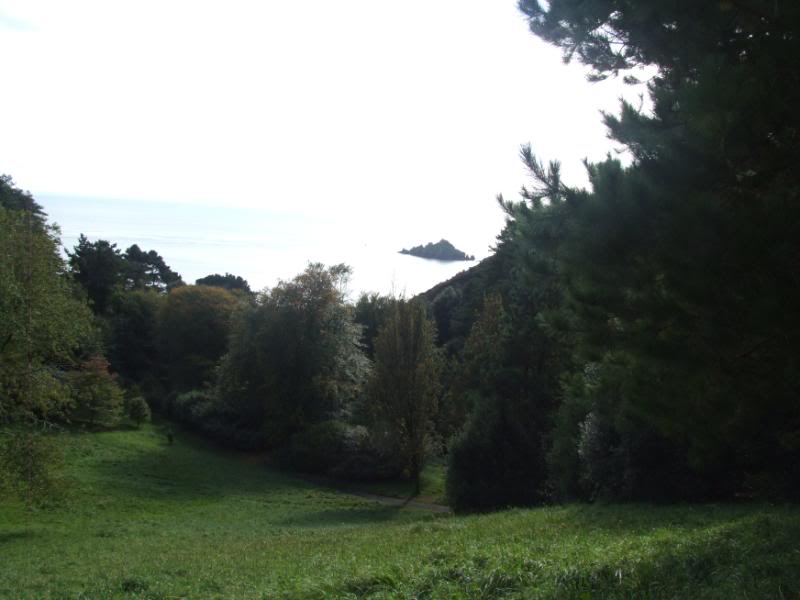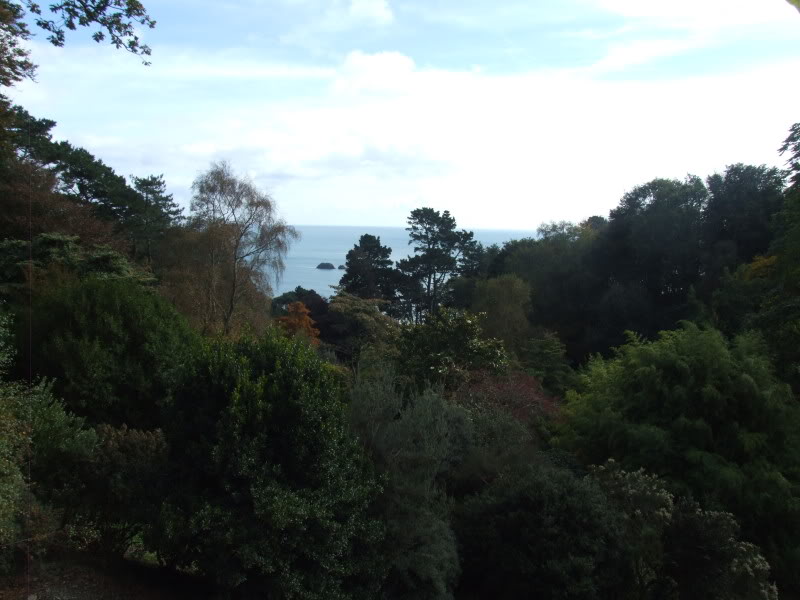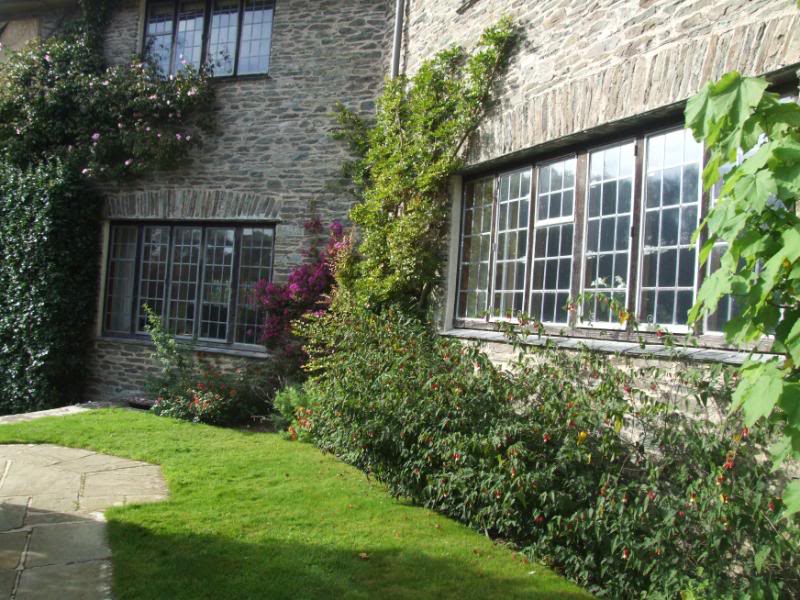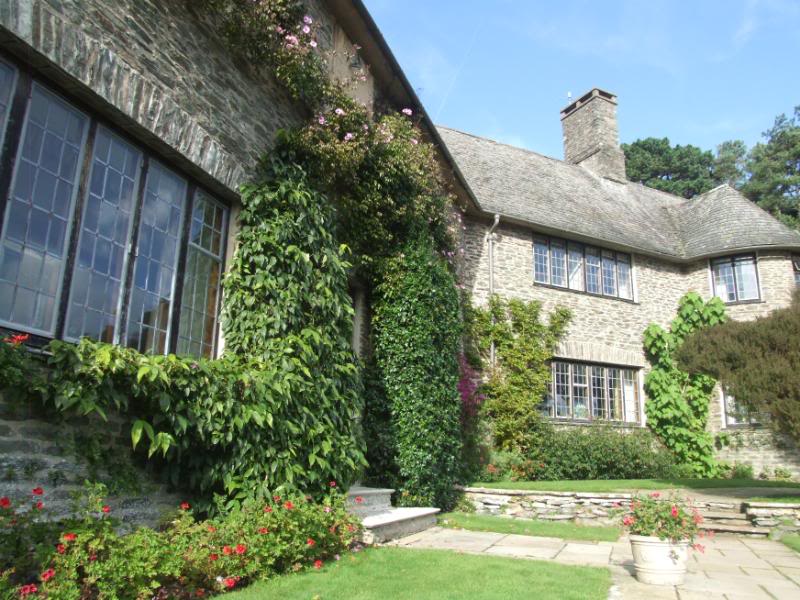Post by Dave on Sept 13, 2010 16:55:01 GMT
Coleton Fishacre
This was on our to do list and we choose the wrong time to go really as Carol had only had chemo a few days before. We thought it would be OK, but she simply had no energy and struggled to get around, still we made the best of it and did nearly all we would have wanted to do on our visit. I have included an article about the house etc for those who like to read a bit of the history of the house.
You do get to see nearly all the rooms in the house and there is so much to read in many rooms about the D'Oyly Carte family and I found it so fascinating
The partnership of W S Gilbert and Arthur Sullivan began in 1871. The manager of the Gaiety Theatre asked Sullivan to compose music for a Christmas piece by Gilbert; the result was Thespis. After a respectable run for 63 performances the two went their separate ways.
Richard D'Oyly Carte was the manager of the Royalty Theatre in Soho and he remembered the work of G&S and in 1875 he brought the two together again to provide him with a curtain raiser for Offenbach's La Perichole. They wrote the one act drama Trial by Jury, which soon became a huge success.
This left D'Oyly Carte in no doubt that the collaboration of these two men could serve to realise his own ambition, to present good English comic opera on the London stage.
The opposing temperaments of composer and author contributed to what was a continually productive partnership for over a quarter of a century. His first commission was The Sorcerer in 1877. This was followed immediately by HMS Pinafore a year later and following its success Richard D'Oyly Carte formed Mr D'Oyly Carte's Opera Company.
Over the next couple of decades the duo wrote a succession of operas, all of which are as famous now as they were then - The Pirates of Penzance, Patience, Iolanthe, Princess Ida, The Mikado, Ruddigore, The Yeomen of the Guard, The Gondoliers, Utopia Limited and The Grand Duke.
The Savoy Interior
The success of the operas enabled them to build the Savoy Theatre and later on the Savoy Hotel.
Sullivan died in 1900, and Gilbert retreated to his private estate, where he spent the rest of his life until he died in 1911.
Richard D'Oyly Carte died in 1901 and his widow, Helen, became responsible for the company and for keeping the Savoy tradition alive.
On the death of Helen D'Oyly Carte in 1913, the family business passed to their son Rupert and it was under his control that the company continued during the two world wars.
There were American tours and the start of a long association with Sadler's Wells until he died in 1948. His daughter, Bridget, being the sole surviving member of the family took over the rein and took care of the difficult days surrounding the expiry of the copyright in 1961.
The history of the house.
Famed for its connection with the D'Oyly Carte family, this charming country house is built on a site, which originally formed part of a 2000 acre estate, farmed from as early as the thirteenth century. The estate is now prized for the very individual house, beautiful gardens and magnificent coastline. Perhaps its most striking feature is its position on one of the most idyllic stretches of the South Devon coast.
It is said that Sir Rupert D'Oyly Carte first noticed the site while sailing between Brixham and Dartmouth and was immediately enchanted. When the National Trust came to buy the estate in 1982 as part of the Enterprise Neptune campaign, they were originally drawn by the coastline but gradually discovered that both the garden and house also held great interest.
The garden benefits from an exceptional climate, being warm and south-facing and enjoying the humidity provided by a rill. With no prevailing wind from the south, there has been no need to plant trees simply as a shield.
These advantages allowed Lady Dorothy to include in her plantings some very rare and even newly discovered species from as far away as Chile and China. These are all detailed in her planting book, which still survives. Many of these rare species were found throughout the garden by the National Trust botanist when the site was surveyed upon its purchase.
To the front of the house, above the quarry, there is a Gazebo which provides excellent views of the garden and bay beyond. The garden is a magical mixture of native flora left to grow freely on banks and more exotic trees, such as the vast Persian ironwood tree, Tree of Heaven and Tulip Tree.
It is planted in an informal way along the valley to ensure that there is something of interest throughout the year. The Trust uses a hay meadow regime, cutting in August and raking in so that the seeds can regenerate. The garden supports a vast range of wildlife from insects and birds, many of which are rare and migratory, to snakes, badgers, foxes and even deer.
There is a visitors' centre and plants from the garden are propagated and offered for sale, with proceeds used towards the upkeep of the garden. The range of scented plants is particularly impressive.
The remains of much older boundary fields may still be seen across valley and the present boundary is marked by a line of native trees, including sycamores and oaks. It is extraordinary to consider that such a well-established landscape was only laid out in 1926.
The house was built in the same year from shale blasted from the lower part of the combe, transported by horses and using a specially built railway to the site. It was designed by Oswald Milne (1881-1967), assistant to Lutyens, who built Castle Drogo near Drewsteignton. It was built in the style of the 'Arts and Crafts' movement.
The entrance hall holds a decorative stone roundel with the initials of Sir Rupert and Lady Dorothy D'Oyly Carte. The couple were devoted owners of dalmatians and terriers as their 'cave canem' mat confirms. It is a house which focuses on its surroundings: it is outwarding-looking with doors to the garden, high water charts, a wind dial and flower room. Theatrical and musical guests who might visit for a weekend were always encouraged to help with the weeding. Down on the beach at Pudcombe Cove, the family built a tidal sea-water bathing pool, which still remains.
The interior of the house is decorated in a very elegant, restrained Art Deco style. Lady Dorothy would have spent all her time here, with Sir Rupert joining her from London at the weekend. The Saloon contains an original Bluthner piano and another notable feature is the Indian gurgen wood floor.
Some of the other rooms have limed oak floors and fittings. Sadly little furniture remained from the time when the D'Oyly Carte family were in residence, so most of the furniture and fittings now in situ have been bought by the National Trust or given to them.
The couple had close links with the renowned school, Dartington Hall, and Bridget, their daughter, was one of the first students there. The school has contributed some of the pieces to the house and Dartington Crystal has also donated items including cocktail glasses, vases, glass tiles.
The family was to be devastated when Michael, the only son, died in a car crash in Switzerland. This rapidly led to the couple's separation in 1936. There is a photographic exhibition in the house, which shows mostly groups in Gilbert & Sullivan costumes from the earlier, happier days of the twenties.
On Rupert's death in 1948, Bridget sold the house to Rowland Smith, the proprietor of a motor dealing business. In his respect for the existing order, he allowed the estate to mature and preserved some of its greatest treasures.


